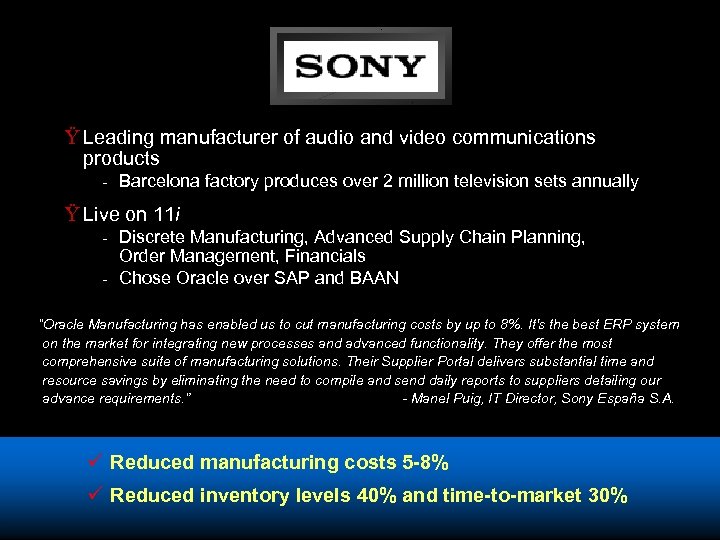


Conversely, they might say that machines struggle with tasks that are ‘difficult to specify’ or ‘complex’ these are other ways of saying ‘non-routine’. Think how often people commenting on the future of work might claim that machines can only perform tasks that are ‘repetitive’ or ‘rules-based’ or ‘well-defined’ those are just different words for ‘routine’. This distinction is now widespread outside the academic world. And the thought was that we can only automate ‘routine’ tasks, because those are the only ones for which we can readily articulate and write explicit rules for a machine to follow. A task is ‘routine’ if a human being can articulate how she performs it a task is ‘non-routine’ if she cannot. In economics, this view of machine capabilities gave rise to a very influential distinction-between so-called ‘routine’ tasks and ‘non-routine’ tasks. And importantly, the philosophy of what he was doing back then was very similar to what these economists were elaborating some years later he thought that if you wanted to build a system to perform a legal task, you had to sit down with a human lawyer, get her to explain to you how it was she performed that task, then capture that explanation in a set of explicit rules for a machine to follow. Almost forty years ago, he was part of the vanguard, trying to build systems that could solve legal problems. I know this because my dad, with whom I co-authored a book called The Future of the Professions back in 2015, wrote his doctoral thesis on artificial intelligence and the law back in the 1980s at Oxford University.

It was also popular in the field of artificial intelligence at one point. “I don’t think we’re taking seriously enough the threat of a world where there’s not enough well-paid work for people to do” But if you cannot, then that task is likely to be out of reach of machines. If you can capture how human beings perform a task in a set of rules, then that task can be automated. If you want to automate a task, the argument goes, then you have try and uncover the rules that human beings follow when they perform that task, and capture them in a set of explicit instructions for a machine to follow. It is based, in part, on a particular understanding of how machines must operate: that they must somehow copy the way human beings think and reason in order to outperform them. This book contains an early articulation of a view of machine capabilities that has been dominant in economics for some time. When I started thinking about the impact of technology on work, almost a decade ago, the sort of book that I would have begun with was The New Division of Labor, based on the fascinating work done by Frank Levy and Richard Murnane-that’s my first choice. The New Division of Labor: How Computers Are Creating the Next Job Market Foreign Policy & International Relations.


 0 kommentar(er)
0 kommentar(er)
